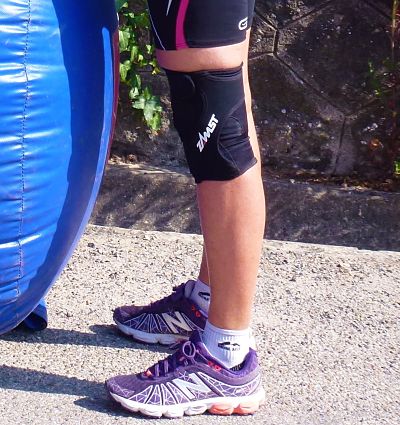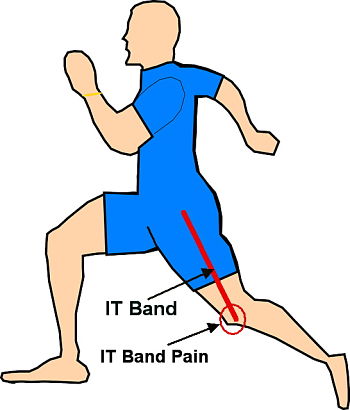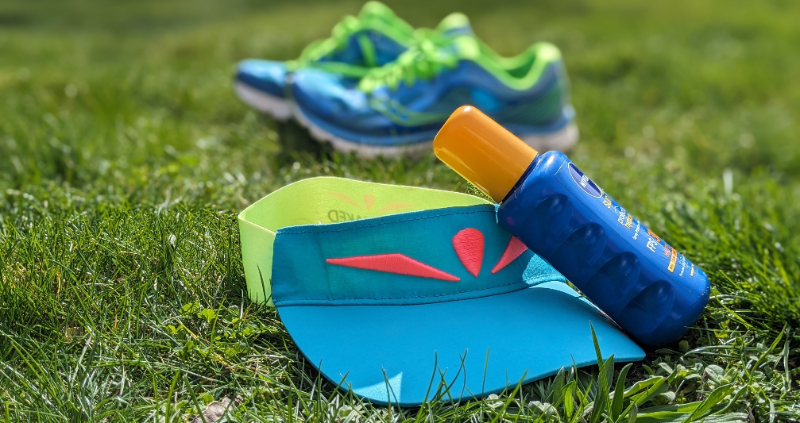Hamstring Tendonitis
Hamstring tendonitis is a real pain in the bum.
Your hamstrings are situated at the back of your thigh and are made up of 3 long muscles. These muscles run from the base of your pelvis (lower buttocks) to your lower leg bones below the knee.

Your hamstrings help in the movement of your body, your hips and your legs. They also play an important role when you run and jump by providing power for when your propel or thrust your legs forward.
When you bend your knee, it is your hamstrings that are pulling your leg backwards and when you want to stop a forward movement of your legs, it is your hamstrings that act as the brakes.
What is Hamstring Tendonitis
Hamstring tendonitis refers to inflammation of the hamstring tendons usually as a result of tiny tears in the tendon. This causes pain, swelling, redness and general discomfort. This is
There are varying degrees of hamstring tendonitis ranging from over-stretched, to tiny tears to complete rupture.
Causes
- Increasing mileage too quickly is the main culprit. Have you suddenly increased your long run or are you running more days than usual?
- Changing from route to trails and not letting your body adapt gradually. Trails mean you are doing a lot more jumping, braking and changing of speed and elevation.
- Not warming up enough before you start a run. In training, I suggest warming up for at least 15 minutes before a run and then do the same for your cool down at the end of the run.
- Weak hamstrings caused perhaps by previous injury or just general weakness from lack of use. People who spend a lot of their day sitting or are generally inactive, are more likely to have weak hamstrings.
What does hamstring tendonitis feel like
- The hamstrings could be damaged high up near your buttocks or lower down near your knees. Either way, you will feel a kind of dull pain in the affected area (usually buttock crease area) when you do any movement that involves stretching the back of you thigh.
- You may also feel swelling and see a reddish area around the trauma site.
- The back of your leg will feel stiff first thing in the morning when you get out of bed.
- Pain develops gradually but becomes constant a the conditions worsens.
How to Treat Hamstring Tendonitis
Hamstring tendonitis can quickly become a chronic issue if you don't treat it quickly when it first arises. Once you know that this is the correct diagnosis then the usual steps are:
Allow any swelling and inflammation to go down. So start with a period of initial rest of 2 - 3 days (NO running) plus ice treatment. Ice the area for 10 minutes three times a day for a couple of days. How to ice correctly.
Once the swelling and inflammation has subsided, start a stretching and strengthening program for your hamstrings. Don't stretch to the point of pain. If it hurts, lessen the stretch.
Getting back to running
It may take 3 or more weeks before you can run again. Sorry! Once the hamstring is pain free when doing daily activities, then you can consider testing it on a short, very light 10 minute jog.
- Once you restart, take things easy and keep your runs short. Also increase your cadence and shorten your stride so that you are taking short, quick steps.
- Start with a 10 minute jog then take a day off. Repeat. If all is still OK then up the time and distance gradually and making sure to have adequate rest days.
- Check your running shoes and opt for lighter shoes if you can.
- Taping the area can be very helpful. I am a big fan of kinesio taping and the good thing is that generally you can do it yourself although for your hamstring you might want someone to help you . Her'es a clear video of how to tape your hamstrings after an injury.
I've tried a few brands of kinesio tape and have found a cheap one that is far better in my mind than some of the more expensive brands. Kinesio tape that sticks properly!



